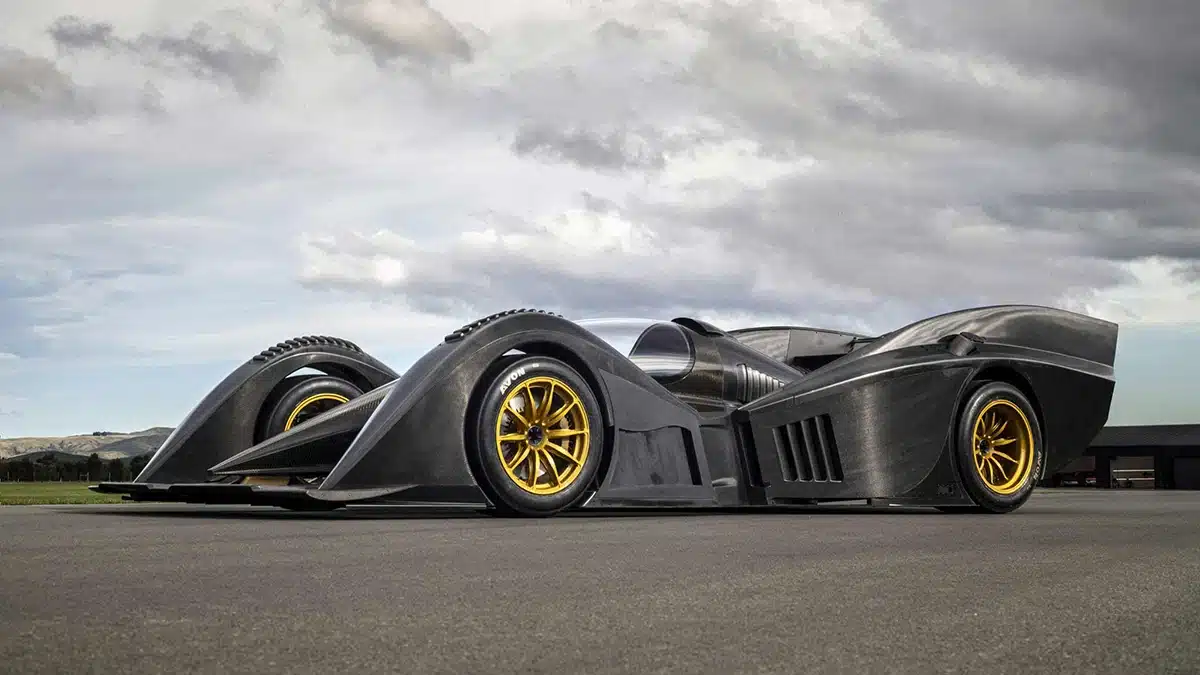It seems with every change and advancement towards non-fossil fuel automobile power, we lose a few more classic cars on the road. Of course, it may be that just that a few more classics succumb to the vagaries of the perma-damp British winter each year, but VW has possibly got an answer for future-proofing (if not weather-proofing) the beloved classic Beetle and beyond.
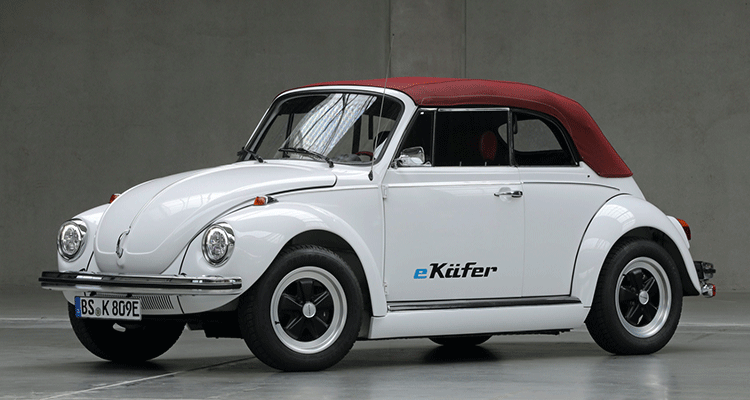
Track Day Performance
With the assistance of German company eClassics, Volkswagen has come up with a solution to retrofit your classic Camper or Beetle with a VW electric powertrain and VW components, thus never having to worry about the move from 4-star to unleaded to the latest double helping of bioethanol fuel available on petrol station forecourts. It’s all done in the name of reducing greenhouse gasses, but this doesn’t help with the uncertainty as to how a flat-4 petrol engine from 1972 might cope with such changes long-term but it may also be interesting to see if the full effect may have an impact on race track testing (make sure you disclose full modification details to your track day insurer).
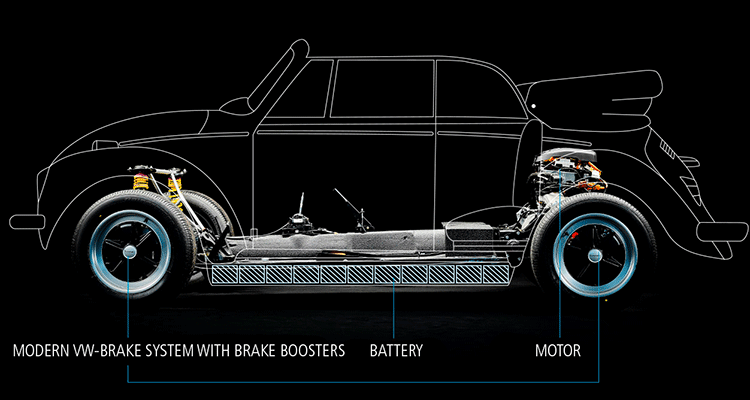
Volkswagen will provide the powertrain, components and batteries while eClassics are able to carry out the conversion on your classic veedub, just make sure your classic car insurance for modified cars policy provides the correct level of cover should it be stolen. The powertrain itself is a single-speed unit as used in the VW E-up! small city car, which now has an increased range of 159 miles and a 36.8kWh battery. The available powertrain does tend to rule out your Beetle being a daily distance driver, but I’ve yet to meet anyone who ever used their classic VW for anything other than small runs (excluding the likes of Run to the Sun) in any case. The new EV powertrain will work by being mated to the original E-up! drivetrain. All in all, it looks like a nice, neat solution – something we would expect when the conversion is part of a VW collaboration. With a shorter drivetrain, the ‘engine’ protrudes less from the rear and just might improve the weight distribution and thus the handling as well. The rear now has an unexpected and surprising amount of additional luggage space too – something that has always been a problem with the classic Beetle, so any improvement however modest is welcome. It does mean a slight common sense visual change though – the vertical cooling vents on the rear decklid are now gone, rather like an early 1200, though there are no longer any vents required above the decklid on the body either, so while there is a visual change here, it’s for a very good reason.
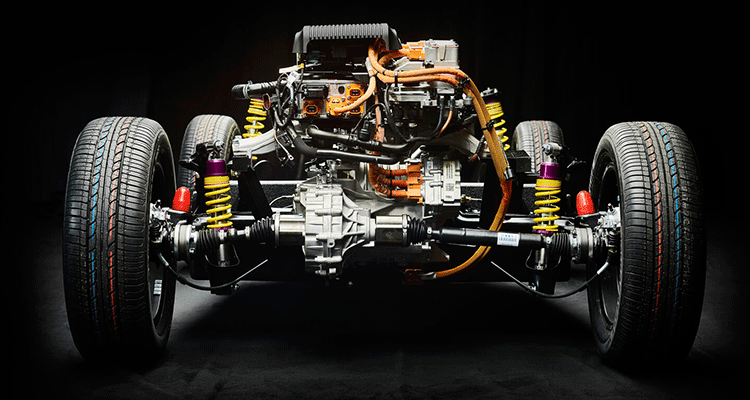
The placement of the 14 lithium-ion battery modules is also well thought out, placing them within the eBasIS chassis rather than in the expected space under the front bonnet. The downside is that all this does increase the overall weight of the car to around 2,821 pounds (that’s about 1,000 pound heavier), so brakes are of course uprated and the new chassis is also reinforced.
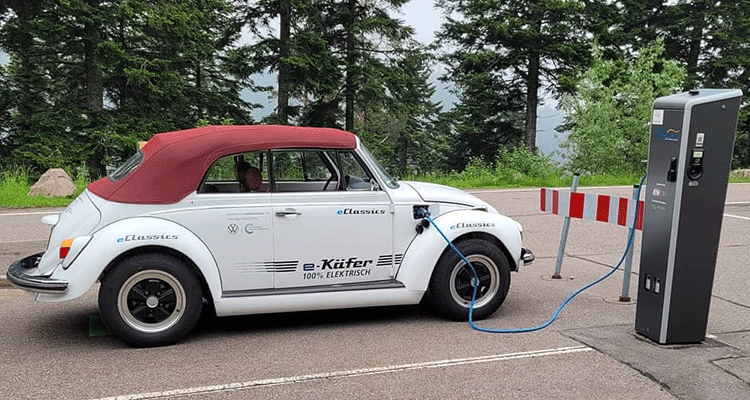
Retrofitted electric Beetles will attain a modest horsepower of 80; not too much to shout about by today’s ever-improving EV standards, but this need to be viewed with the knowledge that the original VW Beetle 1200 was only about 34bhp, while a tweaked 1641cc engine (a popular aftermarket conversion) would reach about 55-60bhp and the 1776 would give you about 70bhp. The classic Beetle is a small car, and as such never felt particularly underpowered as a basic daily driver (unless pulling away from the lights at anything other than a snail’s pace bothered you). 80hp is keeping pretty close to faithful to the original and its manufacturing tolerances, and with a 0-50mph of about 8 seconds, moving off from a standstill at the traffic lights might require a fraction less effort. Once up and running, top speed should be a respectable 93mph. The charging port on an early prototype shown here was ingeniously hidden away underneath the rear right-side light, which is hinged and simply lifted to reveal the charging port. Currently the eClassics website only shows the charging port to be in the more natural place of under the flap in the fuel cap spot.
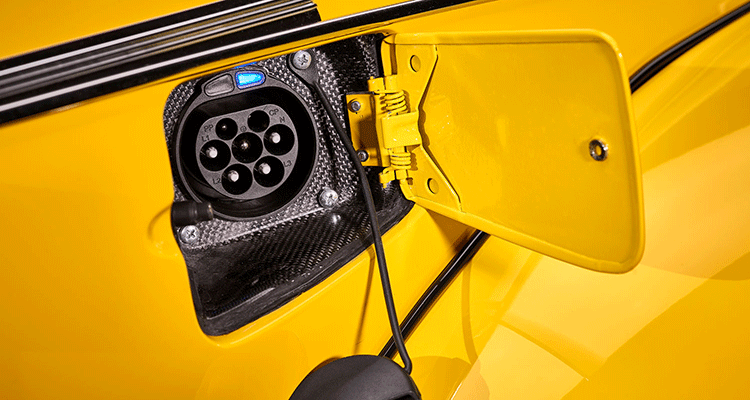
Right now when you visit the eClassics website, you will be greeted with information about the e-Käfer convertible. In general, eClassics offers three options: The first option is to buy their eBasIS chassis (developed with the full cooperation of VW) then simply have your Volkswagen bug built using your preferred certified converter of choice.

Option two allows owners of either the 1302 or 1303 models to allow eClassics to do all the work for you, fitting the existing car onto a replacement eBasIS chassis with the batteries and electric motors included. The conversion is fully reversible. Option three is the most worry-free and simplest option; you simply buy a complete and converted EV Beetle direct from eClassics.
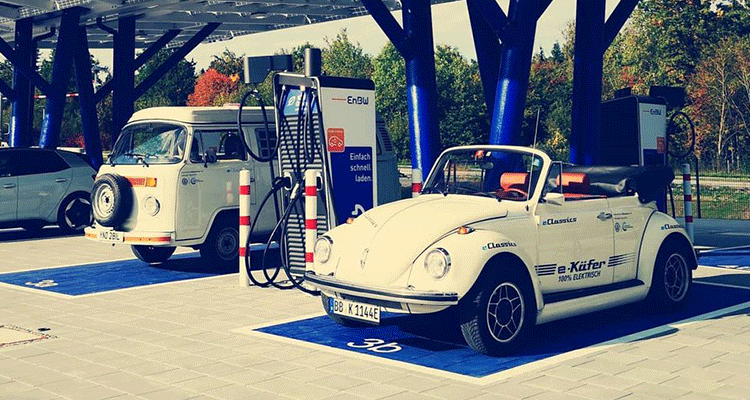
As far as version compatibility goes, eClassics says that in theory the EV conversion could cater for all sorts of similarly powered vehicles – including the iconic Porsche 356. As far as the present goes, eClassics are now also offering VW Campervan bus conversions, or the ability to spec and buy your own eClassics e-Bus. Contact eClassics for more information.
Images: e-classics.eu, jalopnik.com
For more articles like this, receive our weekly e-newsletter, including partner deals and all things motoring, register your email below.
Please note: You cannot subscribe to Smart-Motoring unless you put a tick in the checkbox below to indicate have read and agreed to our privacy policy.


